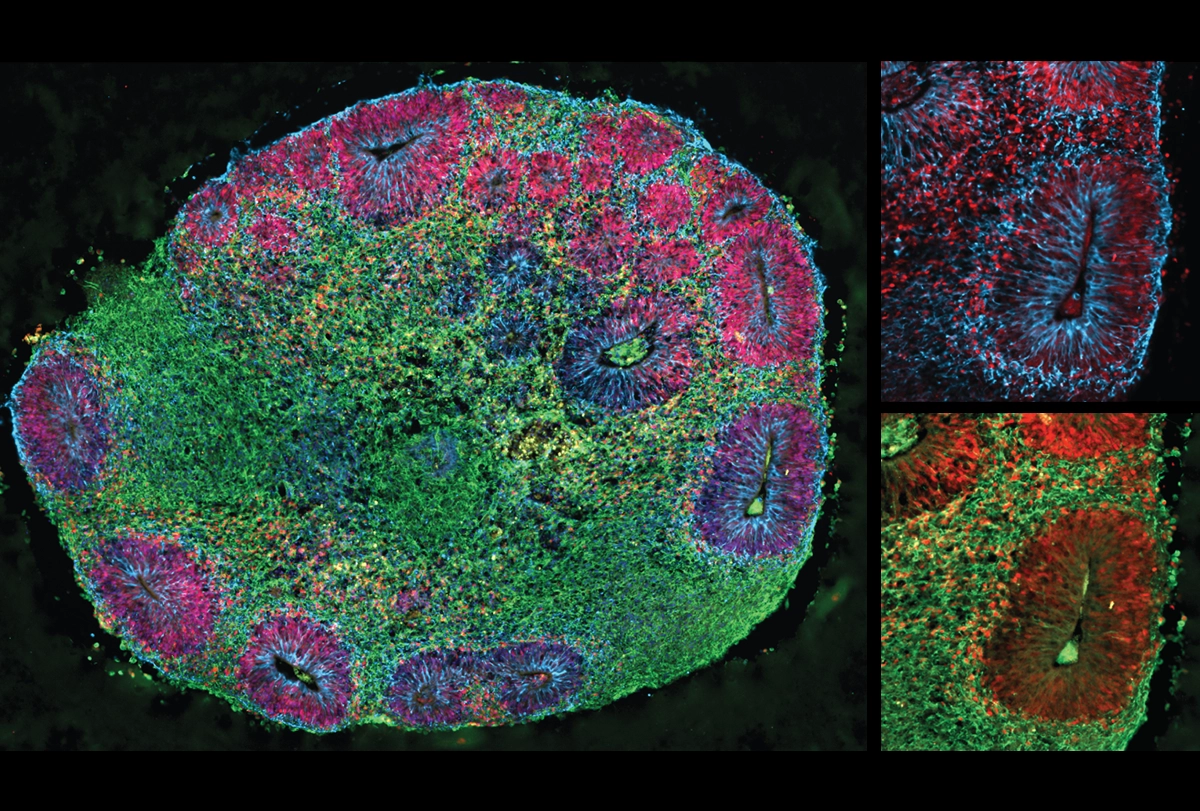Time: 2024-07-06
In a groundbreaking study published in the journal Nature , scientists have introduced a novel approach to studying Human brain development using chimeroids . These chimeroids are brain organoids grown from stem cells obtained from multiple individuals , offering a unique opportunity to explore individual differences in drug responses , infections , and genetic variants . Lead investigator Paola Arlotta from Harvard University believes that this innovative method opens up endless possibilities for neurodevelopment research.

Traditionally , brain organoids have been limited by the use of cells from a single donor , failing to capture the genetic diversity that exists between individuals . However , the development of chimeroids overcomes this hurdle by combining cells from multiple donors within a single organoid . This ensures that all cells are grown under the same conditions , making it easier to identify differences rooted in genetic variations . The study 's findings suggest that chimeroids can serve as a valuable tool for studying drug responses and environmental influences on brain development.
By mixing cells from up to five donors , researchers were able to create chimeroids containing a balanced representation of cell types found in the cerebral cortex . This approach not only allows for a more comprehensive understanding of neural development but also paves the way for personalized medicine . The ability to predict how individuals will respond to drugs based on their genetic makeup could revolutionize clinical trials and treatment strategies for neurological disorders.
The use of chimeroids in studying neurodevelopmental conditions such as autism and schizophrenia holds great promise . These complex psychiatric disorders involve multiple gene variants , making it challenging to model in traditional cellular or animal models . Chimeroids offer a unique opportunity to incorporate a large number of donors , providing insights into how different genetic variations impact brain function.
Moving forward , researchers aim to scale up the use of chimeroids by exploring innovative techniques for combining organoids from numerous cell lines . By increasing the number of donors studied in parallel , scientists hope to gain a deeper understanding of individual responses to environmental stimuli and potential treatments . The future of neurodevelopment research looks promising , with chimeroids leading the way towards personalized and targeted therapies for various brain disorders.